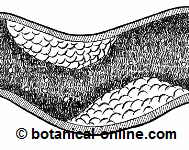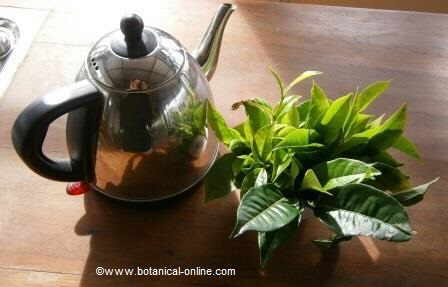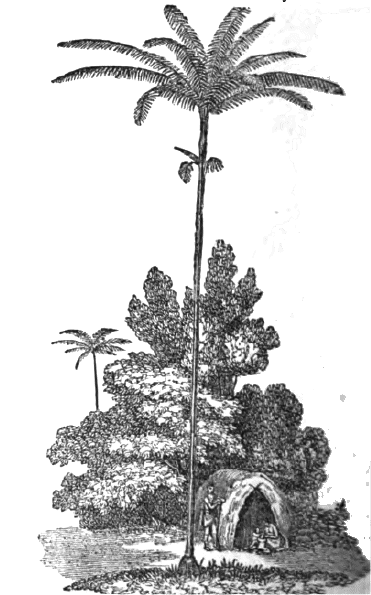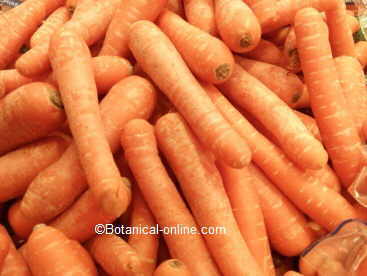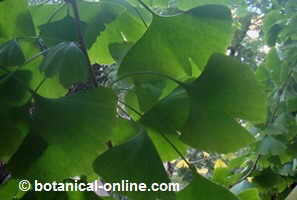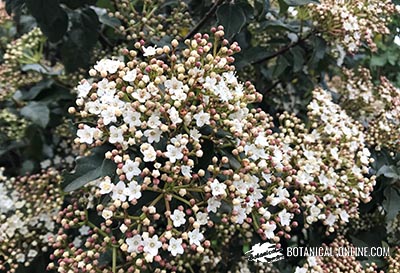Contents
Classes and traditional uses of watercress
What is a watercress plant? (Nasturtium officinale)
The common watercress (Nasturtium officinale) is a plant of the cruciferous family or Brassicaceae to which belong well-known plants such as cabbage, cauliflower, Brussels sprouts, belong.
The plant grows wild abundantly in most rivers and shallow fresh streams of Europe and Asia where it originates. It is very abundant in aquatic areas that contain high amounts of organic waste, where they form a thick layer covering the surface of the water.
From Europe and Asia it has been extended to other continents and today we can find it in North America and South America, as well as in the Caribbean.
From the nineteenth century its cultivation was introduced in the orchards and its use as cultivated plant has been increasing gradually, until it became a vegetable available in most greengrocers and supermarkets.
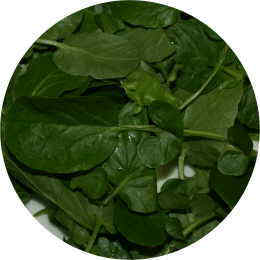
Detail of the leaves of the cultivated plant
Types of watercress
The authentic watercress is the watercress or common watercress, although other plants are also called watercress and have been used or are being used as substitutes for common watercress. Thus, we can mention the following types of watercress:
 |
|
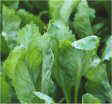 |
|
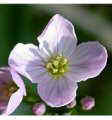 |
|
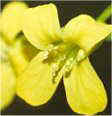 |
|
Traditional uses of watercress
Although its food uses are relatively recent. The plant has been used for its healing properties since ancient times. There are historical references in the classical world that mention the routine use of this food in the diet of people performing intense physical labor. He mentions the historian Xenophon Greek writer and philosopher (431 BC – 354 BC) and the Persians made use of this vegetable to recover strength after arduous tasks.
It is said that the Greek physician Hippocrates, the father of western medicine, built his hospital near the river to be available to those with fresh plants to heal their sick.
The Romans usually ate this plant to which they regarded as a good aphrodisiac, as a stimulator of the mind and as a remedy for baldness.
During the Middle Ages, the monks often cultivated them the gardens of the monasteries and used them to heal themselves or their fellow parishioners when they had problems or blood poisoning when they had to stimulate the appetite of people without appetite.
Later, as people got to know their properties, the use of watercress as a detoxifying, purifying, invigorating food has become more important.
![]() More information on watercress
More information on watercress


